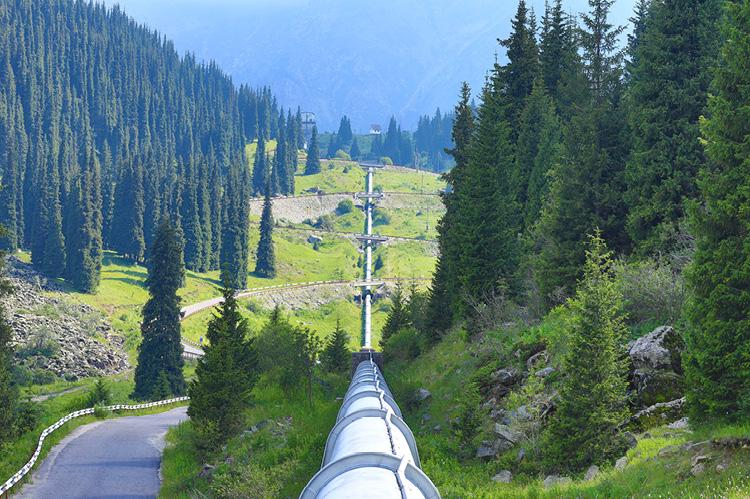Oil Market Now Eyes Trans Mountain Pipeline

Now that President Biden has struck the death knell for TC Energy's Keystone XL, the Trans Mountain pipeline system has taken on greater importance for the oil sector, which is thus far some 22 percent complete and scheduled to go into service in December of 2022.
As reported previously last May in the PTJ, the current Trans Mountain Pipeline System, in operation since 1953, spans approximately 1,150 kilometres. It starts in Edmonton, Alberta and terminates on the West Coast of British Columbia in Burnaby. Twenty-three active pump stations located along the pipeline route maintain the line’s approximately 300,000 barrel per day (bpd) capacity flowing at a speed of approximately eight kilometres per hour. In addition to the pump stations, four terminals in Edmonton, Kamloops, Abbotsford and Burnaby house storage tanks for incoming feeder pipelines and tanker loading facilities.
Trans Mountain is spending $12.6 billion to nearly triple capacity to 890,000 barrels per day (bpd), a 14 per cent increase from current total Canadian capacity.
Markets for the tar sands oil will continue to be the United States as well as Asia. Along these lines, a second government source said it bought Trans Mountain for its strategic importance, as its Pacific Ocean connection enables shippers to move oil to Asia, as well as the United States, which buys most Canadian crude.
